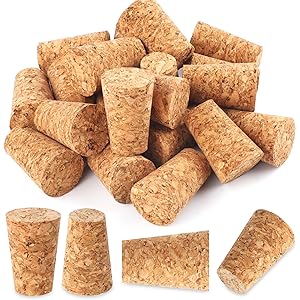Understanding Bittering Hops
Bittering hops are essential in the brewing process, primarily used to impart bitterness to the beer. The bitterness level is measured in International Bitterness Units (IBUs), which quantifies the hop’s contribution to the overall flavor profile. Knowing when to add bittering hops is crucial for achieving the desired balance between bitterness and sweetness in your brew.
When to Add Bittering Hops
Typically, bittering hops are added at the beginning of the boil, usually within the first 60 minutes. This timing allows for the optimal extraction of alpha acids, which are responsible for the bitterness in beer. Adding hops at this stage ensures that the bitterness is well-integrated into the final product, providing a solid foundation for the beer’s flavor.
The Role of Boil Time
The length of the boil significantly affects the bitterness level. The longer the hops are boiled, the more bitterness is extracted. For instance, adding hops at the 60-minute mark will yield a different bitterness profile than adding them at the 30-minute mark. Understanding the relationship between boil time and hop addition is vital for brewers looking to control their beer’s flavor.
Types of Bittering Hops
Different hop varieties have varying levels of alpha acids, which directly influence the bitterness they impart. Common bittering hops include Magnum, Chinook, and Columbus, each offering unique flavor characteristics. Selecting the right type of bittering hop is essential for achieving the desired taste and aroma in your beer.
Balancing Bitterness with Other Flavors
When considering when to add bittering hops, it’s important to think about the overall flavor balance of the beer. The bitterness from the hops should complement the malt sweetness and any additional flavors from specialty grains or adjuncts. A well-balanced beer will have a harmonious relationship between bitterness, sweetness, and aroma.
Get more content like this!
Sign up to receive updates and new terms first hand.
Late Hop Additions and Their Impact
While the primary purpose of bittering hops is to add bitterness, late hop additions can also enhance the aroma and flavor profile of the beer. Adding hops in the last 15 minutes of the boil can provide a more complex flavor without significantly increasing bitterness. This technique can be particularly effective in styles like IPAs, where hop aroma is crucial.
Adjusting Bitterness Levels
Brewers can adjust the bitterness levels by varying the quantity and timing of hop additions. If a beer is too bitter, reducing the amount of bittering hops or adjusting the boil time can help achieve a more balanced flavor. Conversely, if the beer lacks bitterness, increasing the hop addition at the start of the boil can enhance the overall profile.
Experimenting with Different Techniques
Every brewer has their own methods and preferences when it comes to adding bittering hops. Experimenting with different timing, quantities, and hop varieties can lead to unique and exciting flavor profiles. Keeping detailed notes on each batch will help refine your technique and improve your understanding of how bittering hops affect your beer.
Common Mistakes to Avoid
One common mistake is adding too many bittering hops too early, which can lead to an overly bitter beer. It’s also important to consider the specific style of beer being brewed, as some styles benefit from more bitterness than others. Understanding the characteristics of different beer styles will help you make informed decisions about when to add bittering hops.
Conclusion: Mastering Bittering Hops
Mastering the timing and technique of adding bittering hops is essential for any brewer looking to create balanced and flavorful beers. By understanding the role of bittering hops, experimenting with different methods, and avoiding common pitfalls, you can enhance your brewing skills and produce exceptional beers.




